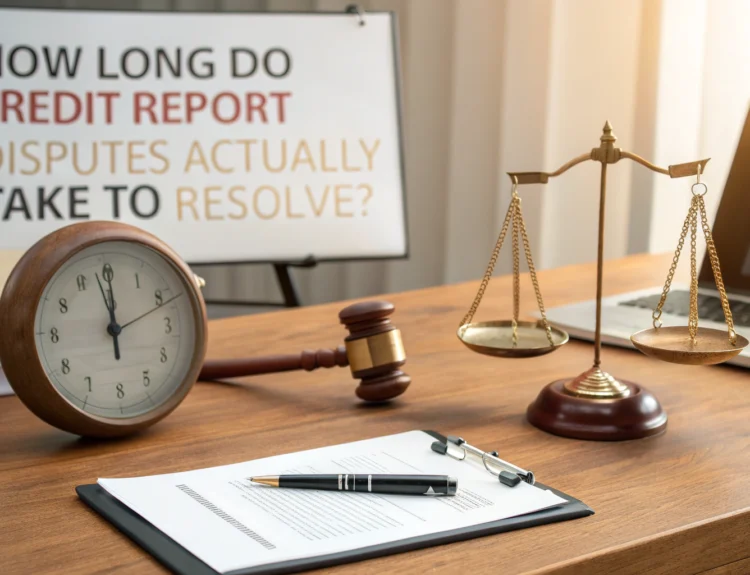Understanding the sequence of events that led to a car accident is essential in establishing fault and liability. With advancements in technology, reconstructing a car accident has become more precise, giving investigators, lawyers, and insurance companies better tools to determine what exactly happened. Through the use of various technologies, parties can piece together the evidence to craft accurate representations of collisions. The New Haven personal injury lawyers explores how technology plays a pivotal role in car accident reconstruction and ultimately in establishing fault.
Contents
The Role of Accident Reconstruction Specialists
Accident reconstruction specialists are professionals trained in the engineering and physics of vehicle crashes. These experts use various technologies to analyze the causes and events during an accident, and their findings are often pivotal in the outcome of related legal actions and insurance claims.
Data from Vehicle Event Data Recorders (EDRs)
Modern vehicles are often equipped with Event Data Recorders, commonly known as ‘black boxes.’ These devices record various pieces of data such as speed, braking, seatbelt usage, and airbag deployment moments before, during, and after a collision. In the event of an accident:
Experts can extract and analyze this data, providing a factual basis about the vehicle’s movement and the driver’s actions.
The data is beneficial in reconstructing the accident to demonstrate whether any traffic laws were violated or if there was a vehicle malfunction.
Utilizing Photogrammetry
Photogrammetry refers to the use of photography in surveying and mapping to measure distances between objects. After a car accident:
Specialized software can interpret photos of the accident scene to create 3D models and diagrams.
These models can accurately depict the position of vehicles, road layouts, and point of impact, which is crucial for reconstructing the sequence of events.
The Importance of CCTV and Dashcam Footage
Closed-circuit television (CCTV) and dashcam recordings provide real-time evidence of a car accident, capturing critical details such as:
The behavior of the drivers before the collision.
Traffic patterns, signaling, weather conditions, and the actions of other drivers or pedestrians.
This footage can substantiate or refute claims made by the parties involved and contributes significant visual evidence for accident reconstruction.
GPS and Smartphone Data
Global Positioning System (GPS) devices and smartphones contain a wealth of data that can aid in accident reconstruction:
These devices can provide location, speed, and route information leading up to an accident.
Smartphones, with the driver’s consent, can also reveal usage patterns that might indicate distraction, such as texting or call activity.
Simulations and Computer-aided Reconstruction
Software applications can create detailed simulations of car accidents based on collected data, allowing reconstruction experts to:
Visualize the perspective of each driver involved in the accident.
Analyze the mechanics of the vehicles and the dynamics of the crash.
Conduct “what if?” scenarios to understand the potential outcomes had different actions been taken.
These computerized reconstructions can be pivotal in understanding complex accidents, especially those involving multiple vehicles or external factors like hazardous road conditions.
Drones for Aerial Mapping
Drones are becoming an invaluable tool in accident scene documentation by providing:
Aerial photographs and videos that capture an expansive view of the accident site, revealing details not visible from the ground.
Accurate measurements for distance and elevation, aiding in creating comprehensive models of the scene.
Challenges and Considerations
While technology has revolutionized car accident reconstruction, there are still challenges to consider:
- Privacy and Data Access: There are legal and privacy considerations surrounding the retrieval of personal data from black boxes and smartphones.
- Interpretation: Data interpretation can sometimes be subjective, and opposing parties might draw different conclusions from the same data set.
- Technology Limitations: Not all vehicles have EDRs, especially older models, and not all accidents are captured by surveillance or dashcams.
Technological advancements have significantly enhanced the accuracy of car accident reconstructions. They offer a factual foundation upon which fault can be reliably established, providing clear, objective insights into complex events. As technology continues to develop, its application in legal and insurance contexts will undoubtedly expand, improving our ability to understand and resolve the aftermath of car accidents with greater precision and fairness. For anyone involved in a car accident claim, being aware of these technological tools and their potential impact on your case is of paramount importance.




